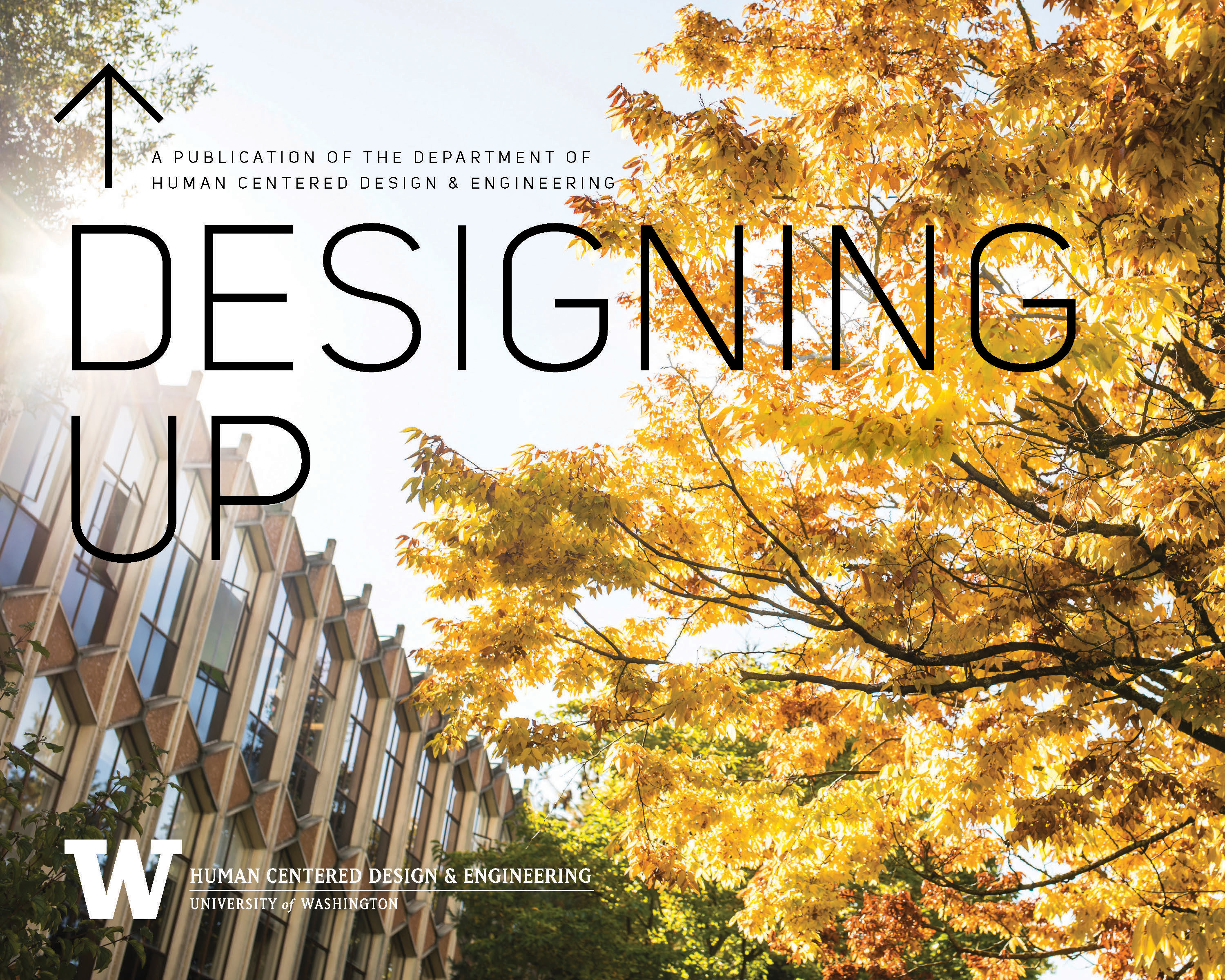Leah Pistorius
June 24, 2022

A study by HCDE senior Koyo Nakamura, published in the ACM International Conference on Design of Communication Student Research Competition, looks at how people engage in self-reflection before bedtime, and how designers can support reflection using non-digital means.
Self-reflection allows people to communicate deeply with themselves to evaluate past actions, emotions, feelings, and behavior. Research has found self-reflection to be important for mental and physical health, and a skill that can be used in real-time to make better decisions.
A recent study led by Koyo Nakamura, a senior in the Department of Human Centered Design & Engineering, looked at how people engage in self-reflection at night, and developed findings about how designers can support reflection using non-digital means. Nakamura presented this research as part of the 2021 ACM International Conference on Design of Communication (SIGDOC) Student Research Competition.
"One thing I appreciate about HCDE is there’s a focus on being critical and questioning if a new technological advancement is actually a good idea for society. It’s an important mindset for humans to have in general, and especially important for those who are involved in building technology." – KOYO NAKAMURA

Koyo Nakamura (HCDE BS '22)
Koyo Nakamura’s exploration began in HCDE’s Spring 2021 course on Interaction Design for Everyday Reflection, led by Professor Jennifer Turns. Within small groups, the class explored many different contexts related to reflection and how design may influence the action. Nakamura joined fellow HCDE undergraduates Hannah Mei, Han Feng, and Sebastian Priss to conduct a study on how people engage in reflection at nighttime. They analyzed data gathered from interviews and surveys to make recommendations for designers to consider when trying to support people reflecting at night, and they developed a prototype reflection product.
The team’s primary findings about how people conduct nighttime reflection include varying attitudes toward technology use in bed, difficulty acting upon reflection takeaways since they are returning to the goal after a night of sleep, disruption in the time it takes to fall asleep after a long reflection, and emotional triggers related to night-time reflection.
To support future exploration in this area, the team generated several recommendations for designers to consider:
- Stray from screen-based interactions. Understanding that interacting with technology can inhibit effort to sleep, designs supporting night-time reflection should allow for non-digital, unintrusive interactions.
- Support users in acting on their reflection takeaways. Forgetting takeaways from a past reflection and anxiety to make big changes to their lifestyle were the biggest obstacles that participants faced when trying to act upon their reflection takeaways.
- Consider the negative emotions that might come up in nighttime reflection. Compared to daytime reflections, reflections at night tend to be about negative experiences, at times forcing people to stay awake longer than desired.
"I think my biggest recommendation is to carefully consider if it’s even worthwhile to support reflecting at night, based on the disruption it can cause to sleep and emotional triggers that can come up right before bed," Nakamura said. "But I do think future research is warranted to help people reflect on their thoughts and emotions in a healthy way."
After the class ended, Nakamura refined the study into a research paper that he submitted to the SIGDOC Student Research Competition. "I definitely recommend other students participate in the student research competition,” he said. "When I began, I had no idea about the requirements of research paper writing but found the community of researchers to be really supportive in helping me tailor this paper to the SIGDOC audience. It was also great to attend the conference and hear from other researchers all over the world."
Nakamura credits his HCDE education for helping him approach design problems with a unique outlook. "One thing I appreciate about HCDE is there’s a focus on being critical and questioning if a new technological advancement is actually a good idea for society. So I appreciate that HCDE has taught me to factor in ethical considerations when designing. It’s an important mindset for humans to have in general, and especially important for those who are involved in building technology."
HIGHLIGHTS FROM 2021-2022 YEAR
2022 Designing Up
View this story and others in HCDE's annual publication, Designing Up, where we highlight activities and accomplishments of HCDE's students, alumni, and faculty.
